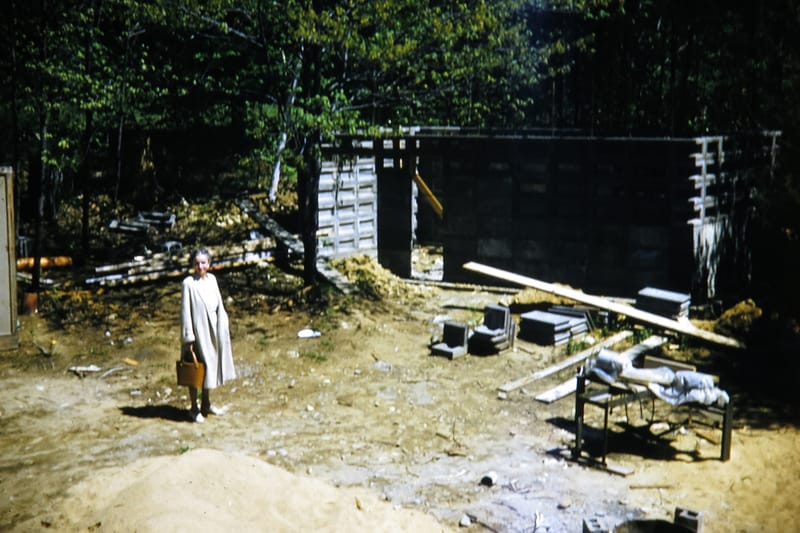Pedals & Pathways: New Road Ideas in Vermont, Cycling in the Netherlands, City repaving, etc.
As the days shrink and the ice builds up, wear your gloves or mittens & handwarmers, a warm hat & scarf and neck gaiter or balaclava, and let’s get where we need to go!
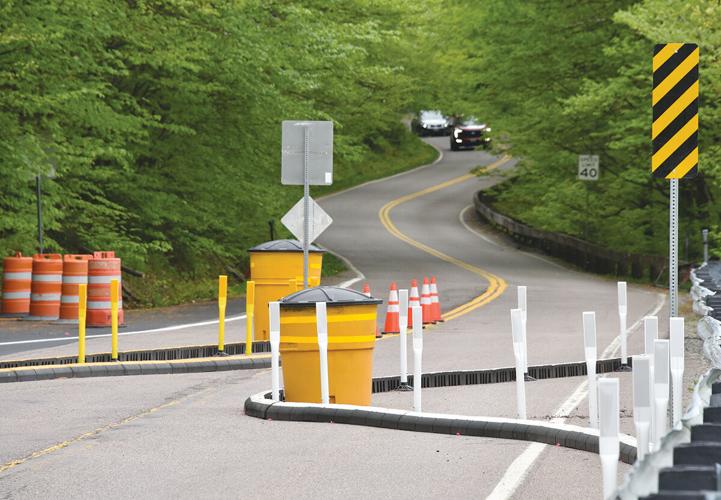

Navigating Manchester’s Urban Paths
Hello Manchester! As the days shrink and the ice builds up, let’s talk more about adventures in our beautiful city on foot, ice skates, scooter, bicycle, etc. Wear your gloves or mittens, along with handwarmers, a warm hat & scarf and neck gaiter or balaclava, and let’s get where we need to go!
In this edition, let’s talk about ….
- Yaktrax!
- Smugglers Notch tests road ideas using adaptable barriers
- Cycling in the Netherlands vs in Manchester
- Judge orders state and cyclists to cooperate
- Strava angers many customers
- More bungee alternatives
- City street repaving
- Taller vehicles equals more deaths
Yaktrax!
Need to walk anywhere in winter? You absolutely MUST have Yaktrax! I’ve had some for years and they are fantastic, can’t-live-without gear. When there’s any chance of walking across ice, these things go on my shoes.
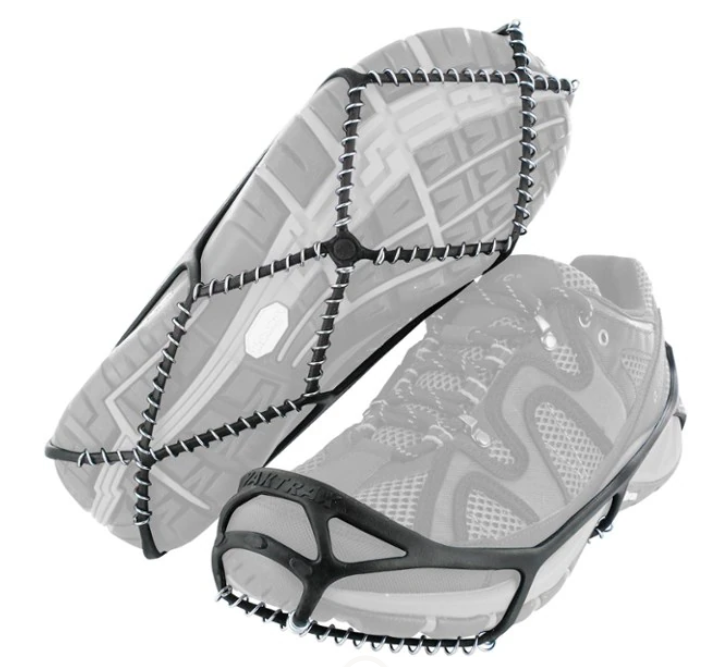
What are Yaktrax? They are essentially fat sturdy rubber bands, wrapped in steel coils. They can be stretched to fit over your shoes, where they grip extremely well. The steel will grab hold of any ice you walk across, maybe not as well as sharpened spikes, but well enough to give you secure footing. (One caution: do not wear these indoors on wood floors!) They’re pretty easy to get on and off.
You can get these at REI and many other places
Smugglers Notch tests road ideas using adaptable barriers
“I work with really, really smart engineers every day, and everybody is kind of optimistic and really anticipating and looking forward to seeing how this works.”
— Todd Sears, Vermont Agency of Transportation, Oct 2023
Sometimes finding a good solution requires trying several.
Smugglers Notch has a truck problem. Every year almost a dozen trucks get stuck trying to drive through the narrow notch, with its hairpin turns edged by large boulders.

These blockages occur despite the presence of many signs warning truck drivers of upcoming obstructions.
In June of 2021 the Vermont Agency of Transportation (VTrans) kicked off a campaign to try different approaches to keep trucks out of Smugglers Notch, and find what works best.
They conducted a formal road safety audit of Smugglers Notch and analyzed future safety options, including input from law enforcement, engineers, GPS experts, local businesses and area municipalities.
Two years later, in 2023, the leading approach was identified as a set of flexible low-height barriers to artificially mimic the constrictions of the Notch’s approaching tight curves and road-side boulders, allowing trucks to encounter these constrictions earlier when they still have visibility and space to turn around without causing a possibly hours-long closure. These barriers (called chicanes) would be installed on both sides of the Notch, warding off trucks from both sides.
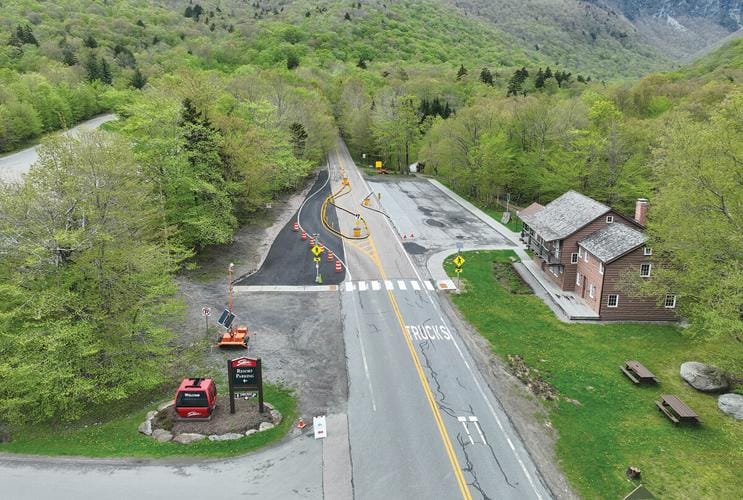
The chicanes idea emerged from a process that involved inter-agency brainstorming, analysis by engineering firm Dubois & King, and extensive public outreach, including a survey of drivers using the Notch that saw over 300 respondents.
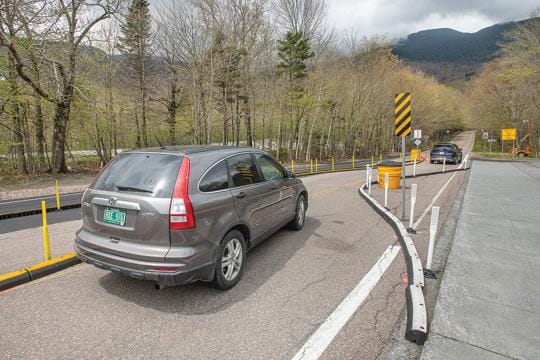
The chicane installation was completed and opened in mid-May 2024 and used all summer. The road was recently closed for the upcoming winter season, and the chicane has largely been considered a success by VTrans. They were made from temporary material this first season to allow them to be easily adapted depending on how drivers reacted to them. The year ended with only one vehicle (a local bus) getting stuck in the notch — the lowest number in over a decade.

The chicanes are expected to return next year, as Todd Sears and the agency assess the multi-year impact of the barriers while collecting feedback from locals and visitors.

“We’ll be putting the system up next year to collect another season of data, and we’ll see where we go from there,” Sears said. “But we’re super happy with all of the work that our engineers and our partners put in to make this happen this year.”

This is engineering at its best. Identifying and consulting all stakeholders, defining problems and goals, identifying and analyzing possible solutions, trying the most promising solution while always open to adjustment, continually moving forward. I’ll bet this approach could benefit Manchester. (Maybe it has already and I just don’t know about it yet!)
Cycling in the Netherlands vs in Manchester
As a boy growing up in New England, Jared Henderson had no dream of traveling the world and living overseas. What captured his free time and imagination was ice hockey. He dreamed of one day becoming an NHL player. Then, around the age of twelve, his hockey team traveled to Montreal for a game, and it was on that trip that the experience of international travel began to sink in — crossing borders, using different currency, seeing signs in a different language, and hearing that language spoken all around you.
In high school, Jared accepted that his hockey skills probably would not quite measure up to the NHL’s standards. But he also realized that he could remain active in the sport, and even earn a living at it, doing related activities like coaching. Meanwhile he learned some other skills, including how to roast coffee. In 2017, Jared’s coaching work took him overseas, where he found himself living in Rotterdam, in the Netherlands.
The Netherlands differs from the U.S. is many ways. Among them: the Netherlands has 17 million people and 23 million bicycles. The city of Groningen in the northern Netherlands has a population under 200,000 and its train station has underground parking space for 10,000 bicycles. In cities like Amsterdam and The Hague up to 70% of all journeys are made by bike. Running to the hardware store? Bike. Meeting a friend for lunch? Bike. Does that sound different from the typical American approach? Yes.
Like many other world travelers and expatriates Jared adjusted to where he was living. He used a bicycle for most of his trips, like commuting to Giraffe Coffee Roasters where he worked to supplement his coaching income. Commuting by bike was entirely normal in Rotterdam. At every street intersection, there were typically more bicycles than cars; drivers expected that and were accustomed to it.
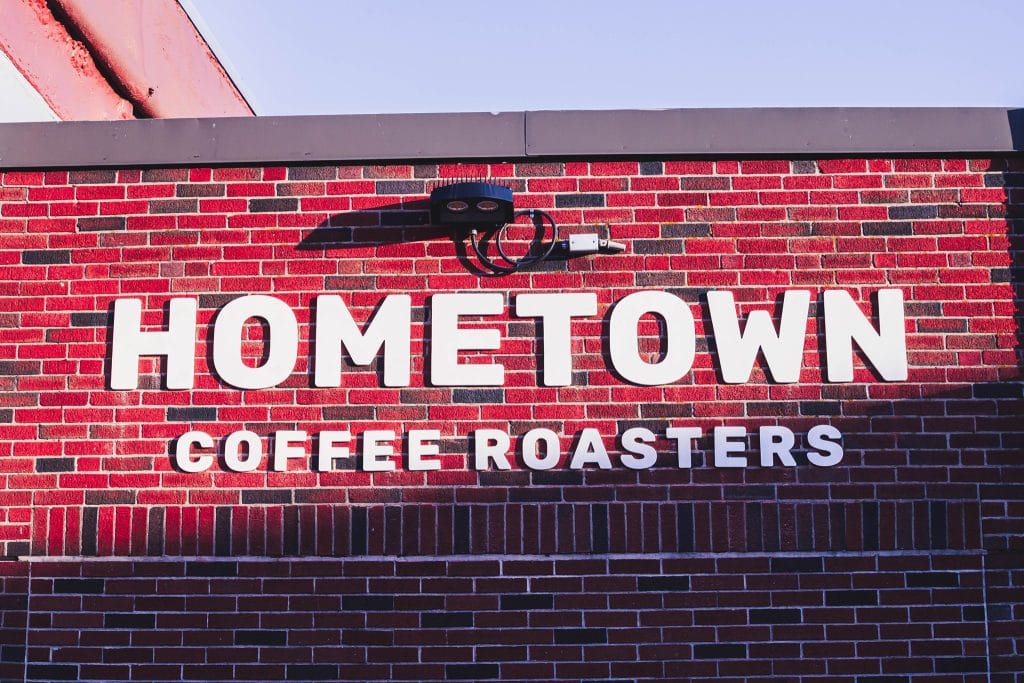
Jared lived in Rotterdam for several years, but today he lives in Manchester where he works as a coffee roaster at Hometown Coffee. His home is not far from there, and he uses a bicycle to travel between home and work. The bike is brightly colored and a bit of an antique, which prompted me to ask him about it, leading into further conversation. After learning all the above, I had to ask him how cycling in the Netherlands compared to cycling here in Manchester.
Jared said that the presence of bicycles on the roads in the Netherlands was so common and so normal that it was extremely safe there, because everyone knew what was expected and how to move about the streets. Even in space where lanes were narrow and room was much tighter than here, Jared was generally comfortable. In Rotterdam the cars and buses were very aware of the bicycles’ presence and the expected behaviors. Indeed, most of those drivers were cyclists themselves, riding bicycles on other journeys, and so had experience with both modes of transport. In comparison Jared finds that here the presence of a bicycle on the road among traffic is less expected, even surprising to some drivers, sometimes leading to some confusion about expectations. In addition to being aware of vehicles around him, Jared tries to make eye contact with drivers if possible, hoping to ensure they’re aware of him.
Next time you stop in at Hometown Coffee, be sure to say hello to Jared and welcome him to Manchester — he’ll be the one roasting the coffee.
And if you’re feeling ambitious, you can try “Good Morning” in dutch. It’s “goedemorgen,” pronounced HOO DE MOR HEN. Well, my pronunciation may be a little off, but I’ll bet Jared will understand you.
Judge orders state and cyclists to cooperate
ln the October 20 edition of this column we reported on the on-going Derry Rail Trail lawsuit & injunction.

In new developments, on November 25, U.S. District Court Judge Paul J. Barbadoro told lawyers for all parties to work together to expedite the legal process.
The judge seemed to say that it is reasonable to avoid delaying the project, but at the same time the side seeking to avoid the injunction must not drag its feet. At the least this indicates that the case is proceeding.
See The Union Leader article for details. See our earlier article for more background.
Strava angers many customers
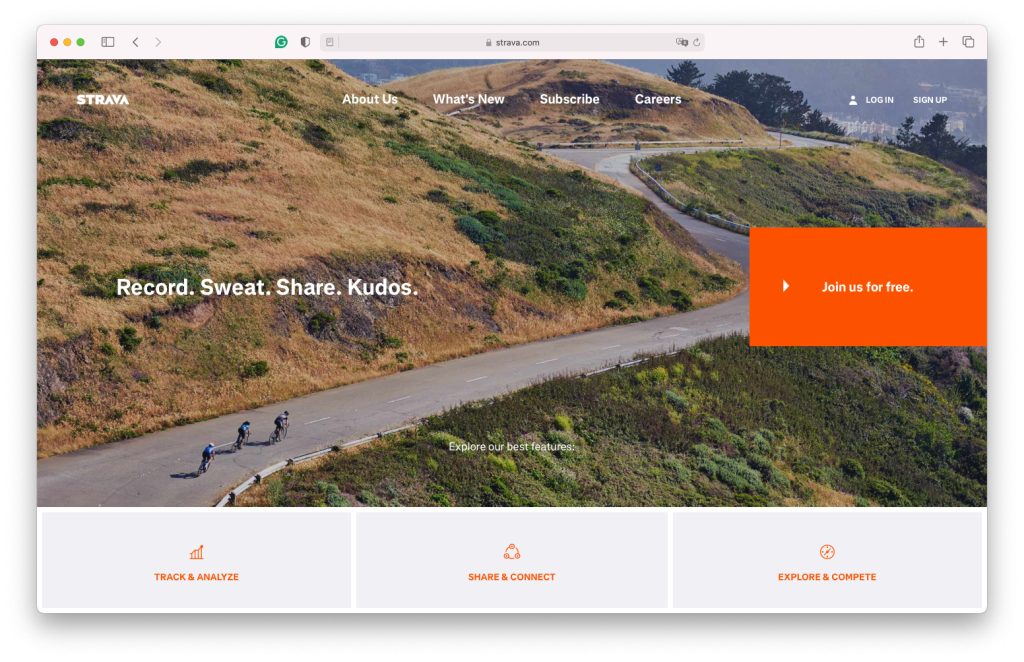
As reported on The Verge and elsewhere, cycling data tracking company Strava recently announced some changes that are not being received well in the cycling community.
Strava has come to be the go-to app for collecting data about your rides, analyzing that data, and sharing it with others. Along the way other apps sprang up that would use Strava’s API to get that data and do additional things with it, things that were not provided by the Strava app itself. Example include personalized workouts and year-end summaries of your rides, provided by apps such as VeloViewer, Final Surge, and TrainerRoad. These additional apps provide value enhancing the users’ experience (else users would not pay for them), and arguably enhancing the value of the Strava app too.
Strava is the de facto leader in its market, and market leaders often act to shore up their leadership.
Strava has announced changes that will break most other apps like those described above. Strava has decided that the data it has collected (about you and your ride, which it collected with your permission) cannot be used by any apps outside of Strava itself. So if you have relied on some other app to give you information which you can’t get from the Strava app itself, well, in the future you’ll be out of luck. Until Strava adds a feature to its own app that will help you. Will they do that? Maybe, maybe not.
Strava has built a fence around their sandbox and told all the other big kids to stay out. Will the little kids (the users) stay? What do you think?
Adding insult to injury, Strava has stated in its own discussion forums, “…posts requesting or attempting to have Strava revert business decisions will not be permitted”.
More bungee alternatives
One good one, one cheap one. First, the good one.
The company Sea To Summit has been selling products for a while which enhance the experiences of hiking, backpacking, camping, hunting & fishing, mountain sports, and cycling. Among their many products are these great straps, called Stretch-Loc TPU Straps. You can buy a pair for anywhere from $11 to $18, depending on size. They’re strong and unlikely to snap and hit you in the face.
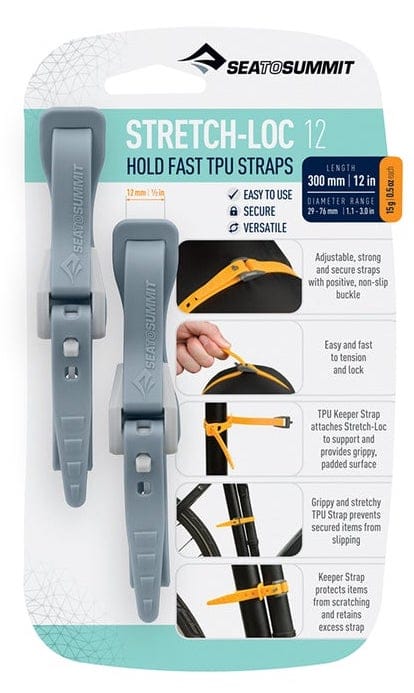
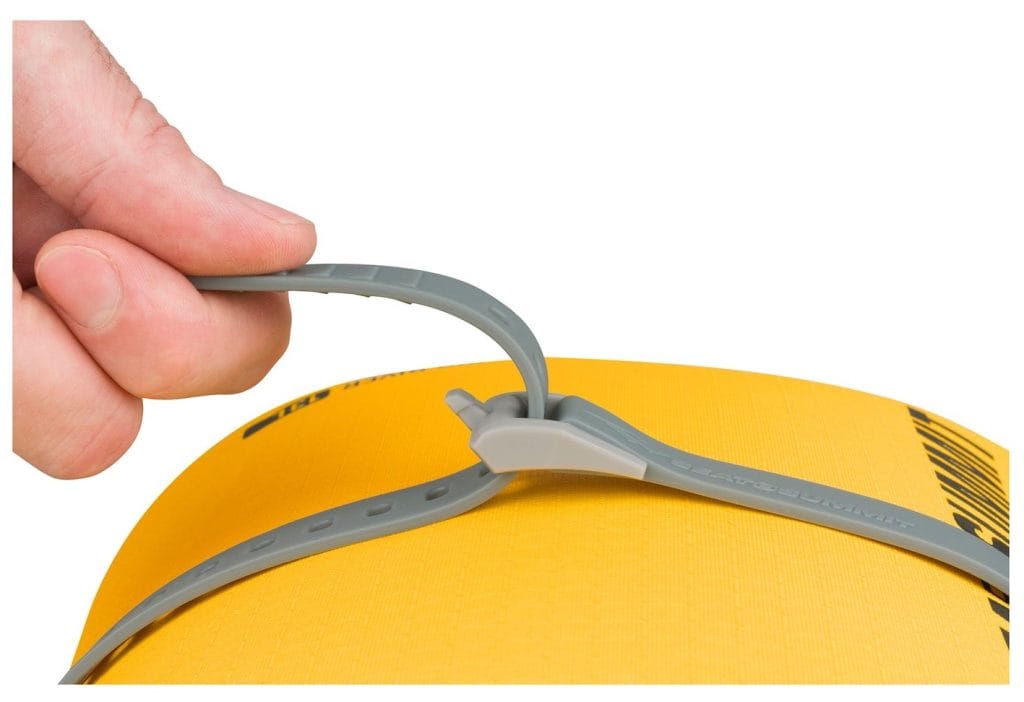
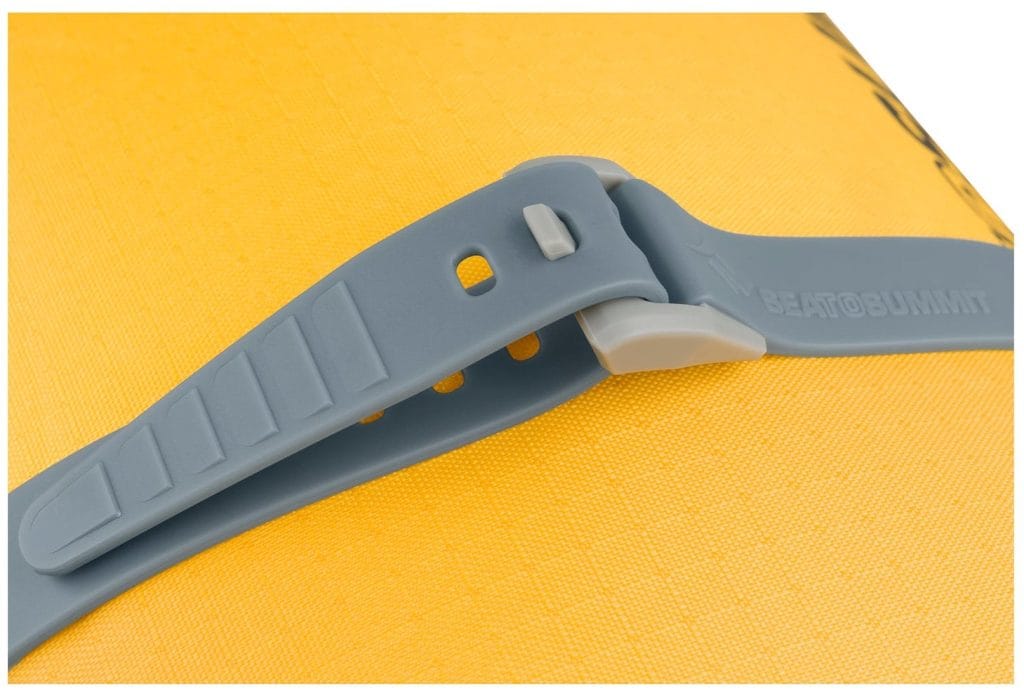
Next, the cheap one. Old inner tubes. Yes, you heard that right. Take old inner tubes (or new ones if you want), cut off the valves, cut the tubes into strips, tie the strips around your rack or frame or bars, then stretch them over and/or around the things you want to carry. They may not look impressive but they will get the job done. And we all know which of those things matter most.
Click here for an example. They appear to just cut the tube once, even leaving the valves in place.
City street repaving
Amazingly, all of Manchester’s roads laid end-to-end would have a total length of 413 miles. (On the other hand, if you’re lost in some of the more confusing parts of the city, that number may not sound high at all.)
With over 400 miles of road, maintenance work can really add up. DPW (Department of Public Works) says roads should be repaved every 10 to 15 years. That would be 28 to 41 miles of repaving every single year on average.
As mentioned recently here in the Manchester InkLink, last year’s funding for repaving was low so we now have a backlog of streets needing repaving.
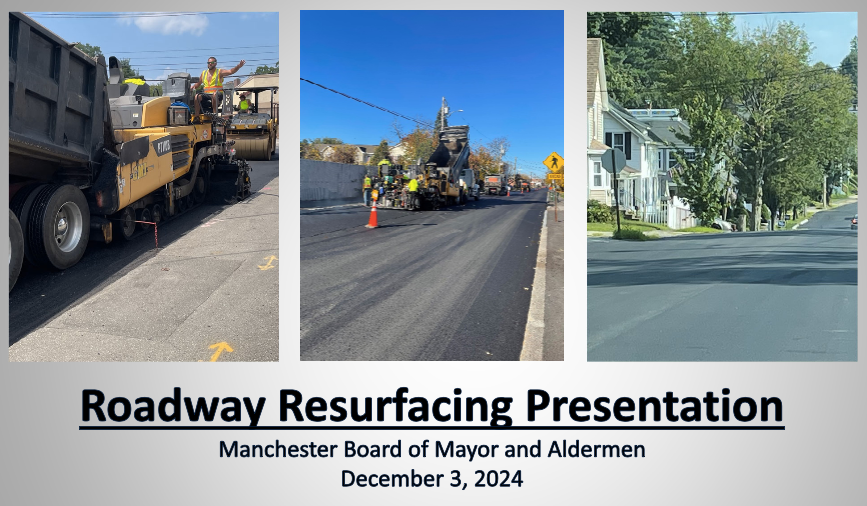
In a recent presentation to the BoMA (Board of Mayor and Aldermen), DPW proposed that funding of $12 million annually (vs. $5.3 million last year) for paving would allow the city to pave about 20 miles per year, or about 1/4 of the entire city in five years.

This presentation to the BoMA was informational only, no decision has yet been made. If you have opinions about this matter, contact your alderman, or better yet, attend and speak at any meeting of the BoMA. They are held in the Aldermanic Chambers located on the 3rd floor of City Hall at 7:00 PM on the first and third Tuesdays of the month, except during the months of June, July, August and September, when the meetings are held only on the first Tuesday of the month.
Taller vehicles equals more deaths
In the U.S., car crashes kill over 40,000 people year, and of those, over 7,000 are pedestrians.
Insurance researchers studied two sets of crashes, some from Michigan occurring between 2015 and 2022, others from 2022 in Texas, California and New Jersey. It had long been known that higher vehicular speed at time of crash correlates with greater fatalities. But a new correlation was discovered: taller vehicles correlated with greater risk of serious injury or fatality to pedestrians.
In recent years, sales of larger and taller vehicles have been, ahem, on the rise. Meanwhile, pedestrian fatalities have increased 75% since 2009. Coincidence?
This and similar analyses may lead to new regulations on vehicle heights, or rules from the NHTSA* regarding vehicle design to reduce pedestrian injuries and deaths.
Read more here. Meanwhile, if you’re a pedestrian or cyclist, watch out for those tall vehicles! And if you drive a tall vehicle, watch out for the rest of us!
* National Highway Traffic Safety Administration
Call for Input
We very much want to hear from you! Do you have any questions or concerns? What topics would you like us to cover? Send your feedback our way and we’ll get on it! We want to ensure this column meets your needs.
Stay safe and warm and have fun out there!


